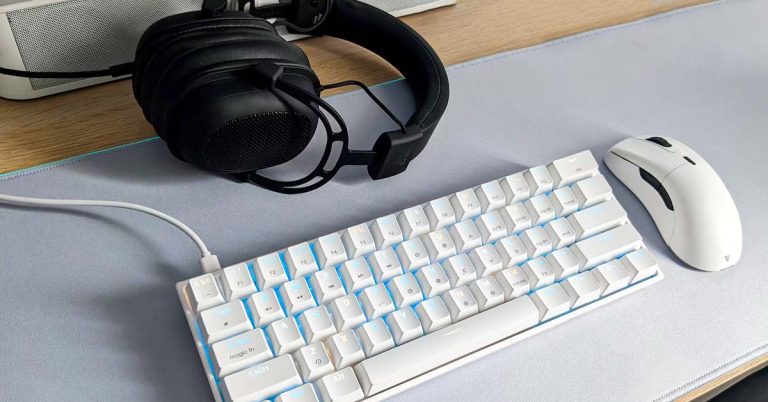Do you have an eye for interior design and enjoy redecorating and/or rearranging rooms? Are you good with Photoshop or already use it to create new room designs and finishes? Then you may have what it takes to be an e-interior designer and operate your own interior design business from home.
- Inbox Dollars - Get paid to check your email. $5 bonus just for signing up!
- Survey Junkie - The #1 survey site that doesn't suck. Short surveys, high payouts, simply the best.
- Nielsen - Download their app and get paid $50!
Online interior design is a growing trend because it offers clients an economical approach to redecorating and refurbishing rooms. Instead of committing to someone for a full range of services that can run into tens of thousands of dollars, the client works with an online interior designer who provides a master plan that can be implemented slowly and as finances allow.
E-interior design is also more convenient because the client works with digital files and room suggestions and doesn’t travel to showrooms or supply stores. Many e-interior designers offer online suggestion boards for furniture pieces and color palettes, as well as purchasing lists from recommended suppliers. This enables the client to be actively involved in the selection process right from home- and so be more aware of how the money is being spent.
How to get started as an online interior designer.
Know the difference between interior designer vs. interior decorator.
If you already have a degree in interior design and are certified in the field, you can call yourself an interior designer and set up your business as such. If you do not have an actual degree, you will need to check your state or province licensing regulations. Currently, 27 states (including Puerto Rico and Washington, DC) and 7 provinces require a combination of education, experience and/or NCIDQ exam completion to use the title ‘interior designer.’
However, you can get around this regulation if you call yourself an interior decorator or an interior home staging expert. Interior decorators, as opposed to designers, can only decorate and beautify an interior space. They cannot change the room structure (e.g., by adding/removing a wall) or layout (e.g., drawing a floor plan). While interior designers often work with contractors and architects, interior decorators usually only work with clients and furnishings suppliers.
Incorporate your business and get licensed.
Before you start advertising your services and working with clients, find out whether your city or county requires a business license. If you plan on working with retailers and buying goods at wholesale for resale to clients, you’ll probably need a seller’s permit and a sales tax license.
Interior design and interior decoration are two types of businesses where you are best served by incorporating as an LLC at the very least. Doing so protects you from personal asset liability should you end up in court.
Finally, if you plan to employ people, you’ll need a federal employer identification number (EIN) too.
Obtain a PhotoShop license and set up your website with examples.
Now the fun begins! Purchase a yearly license to use Photoshop® 7 or later for creating design and decorational elements within residential, business, recreational and other spaces. You can learn to use this program by taking online courses through Lynda.com or by reading books like Photoshop for Interior Designers.
The PhotoShop program will take some time to learn and effectively use; however, because this will be your main tool for planning, drawing and showcasing client spaces, it’s a good idea to take the time to master it.
Once you feel somewhat proficient, use PhotoShop to generate some example spaces that you could see designing and/or redecorating. Consider the spaces you already know well or live in- how would you switch them up to be more modern, ergonomic, functional, or just different? All these examples can be uploaded to your website and used to catch the attention of potential clients.
Start small and advertise.
Unless you know someone who really likes your interior design or decorating work, it’s unlikely that you’ll land a contract right away. However, you can start advertising right away with your website, social media accounts, and even flyers posted around town. This way, you can reach just about anyone, from a college freshman moving into a dorm to a small business operating out of a leased building or office.
What can you advertise? How about a package deal complete with a table or board filled with possible furnishings, materials and decor, plus a product source list with items and prices? Add to that a color palette and fabric guide, top it off with a floor plan showing where the furniture and lighting would go, and you have a good start for anyone looking for design and/or decoration ideas.
Be sure to join organizations such as the International Interior Design Association and the American Society of Interior Designers. Having a network of members to converse with will help you find clients and scale up your online business much faster than going it alone.
Team up with area suppliers.
Being an online interior designer or interior decorator enables you to make money not only from your clients but from the suppliers that you will be promoting in your product source lists. Along these lines, you should contact those suppliers and negotiate your commission rates with the owners beforehand. After all, if you’re going to be acting as their salesperson, you should make a salesperson’s commission.
Because this is all happening online and your clients are probably going to order their furnishings online, you may wish to obtain referral codes in addition to standard commission rates for in-store purchases. You can then insert the codes into any product listings you provide.
Alternately, you might consider ordering the furnishings for your clients as part of your services; this not only lessens their workload, but it helps ensure that your suppliers know exactly who is promoting their products.
The Bottom Line
Interior design and interior decoration have gotten a bad rap in some circles due to their high costs and astronomical markups. Perhaps this is part of the reason why e-interior design and decoration have taken off. Because the services are more transparent, and the furnishings listings can be easily checked with what’s offered at area retailers, clients are less likely to experience “sticker shock” and can implement design and decoration changes as their budgets permit.
For the e-interior designer or decorator, this means that there are expanding opportunities to work with clients, including those clients that live in rural locations and/or don’t have large budgets.
By going online, you can reach out to various clients and work within their budget “comfort zones” to design/decorate anything from a studio apartment to a 50-room business building. These clients can slowly but surely become the backbone of your business through referrals to their friends and associates and through increased commission revenue from your vendors.




